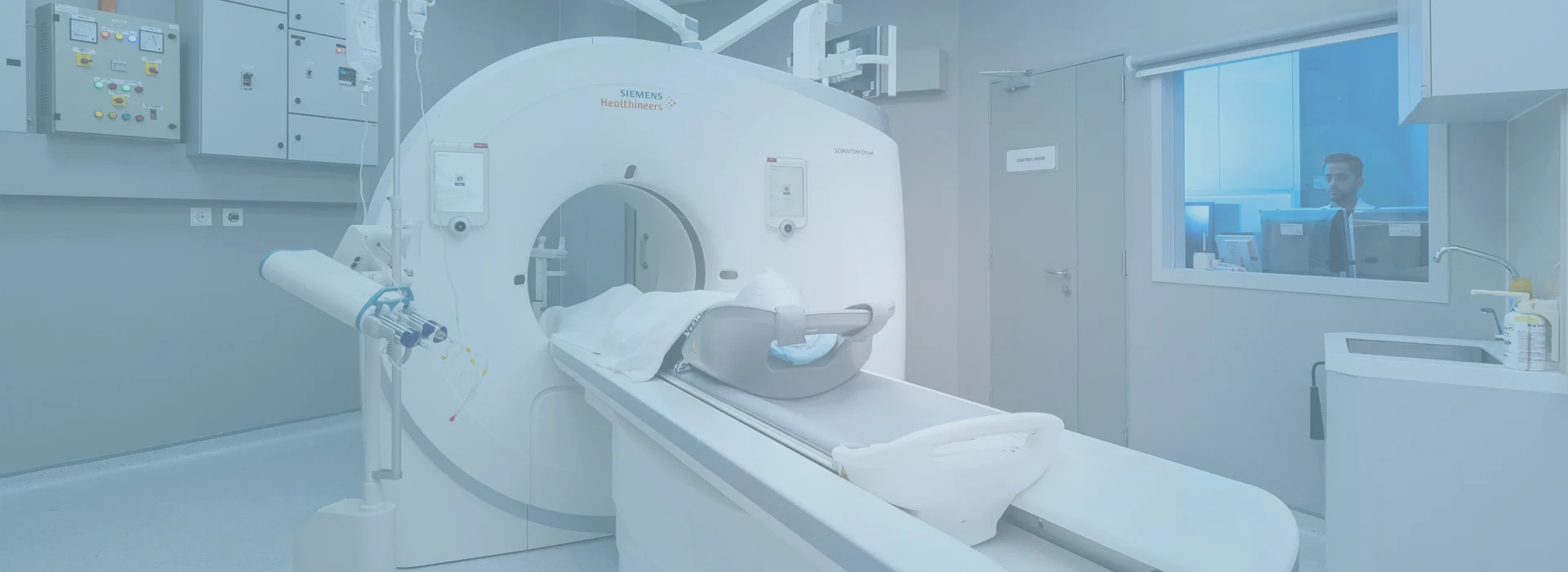
09 Jun Urinary Tract Infections (UTI) in women
Urinary Tract Infections (UTI) in women
By Island Hospital | June 9, 2025 1:27:41 PM
Women are more prone to contracting Urinary Tract Infections (UTIs) compared to men. It is common for many women to experience more than one infection in their lifetime.
This is due to the unique anatomy of the female body. A woman has a shorter urethra than a man, which reduces the distance that bacteria must travel to reach the bladder, thereby increasing the likelihood of infections.
The vast majority of UTIs are caused by the bacterium Escherichia coli (E. coli), which is typically found in the digestive system. This type of bacteria causes bladder infection, referred to as cystitis.
Bacteria such as Chlamydia and Mycoplasma can also infect the urethra (urethritis), but not the bladder. This type of UTI occurs when the bacteria spread from the anus to the urethra.
And because the female urethra is close to the vagina, sexually transmitted infections such as herpes, gonorrhoea, chlamydia, and mycoplasma, can cause urethritis.
UTI may affect any part of your urinary system. The kidneys, ureters, bladder, and urethra are all susceptible to infections. However, infections primarily affect the lower urinary tract, specifically the urethra and bladder.
Infections affecting the bladder can be painful and bothersome, but they are generally treatable with antibiotics. However, if a UTI spreads to the kidneys, serious consequences may occur.
In this article, you’ll learn about the causes of UTIs in women, how the infection spreads, common symptoms, potential complications, and tips for prevention.
What Causes a Woman to Contract Urinary Tract Infections (UTIs)?
Several factors can contribute to Urinary Tract Infections (UTIs) in women. The causes include:
- Changes in hormonal levels
UTISs may occur when there are changes in a woman’s hormonal levels. Some are more likely to get an infection during certain times in their menstrual cycle, such as just before a period.
For postmenopausal women, a decline in estrogen levels after menopause leads to changes in the urinary tract, making it more susceptible to infection.
- Pregnancy
Pregnant women face an increased risk of UTIS from the 6th week of pregnancy through the 24th week. Changes in the urinary tract during pregnancy make it common for women to develop a UTI.
As the uterus sits directly on top of the bladder, the added weight from its growth may obstruct the drainage of urine, causing an infection.
Occasionally, germs can migrate from the bladder to the kidneys, causing a kidney infection.
Urinary tract infections during pregnancy can lead to increased blood pressure and, at times, premature birth. Therefore, it is crucial to treat these infections promptly.
- Aging
In older women, the tissues of the urethra and bladder become thinner and drier with age, as well as after menopause or a hysterectomy.
With lower energy levels and reduced cognitive abilities, personal hygiene may decline, leading to an increase in bacterial growth.
Seniors are also prone to ailments that can cause urinary retention, which may be linked to an increased risk of urinary tract infections.
Did you know that urologic diseases can have a wide range of symptoms? Learn more in our article on Recognising the Symptoms of Common Urologic Diseases.
How Does a Woman Contract UTIs?
Several factors contribute to a woman’s risk of contracting Urinary Tract Infections (UTIs). The following factors can increase the likelihood of developing a UTI:
- Sexual activity
Sexual intercourse may lead to a bladder infection known as cystitis. This occurs because sexual intercourse can introduce bacteria into a woman’s urinary tract.
If sexual activity is more frequent, intense, and involves multiple or new partners, the risk of developing a UTI increases.
- Birth Control
Women who use diaphragms, spermicidal agents, or spermicide-lubricated condoms as a birth control method may be at a higher risk of contracting a UTI because they can contribute to bacterial growth.
When to Seek Treatment
When you notice these signs and symptoms of UTIs, seek treatment immediately to avoid complications.
Feelings & Sensations
- Pelvic pain, particularly in the middle pelvis and around the pubic bone.
- Strong and persistent urges to urinate frequently, with small amounts of urine.
- Burning sensation when urinating.
Colour
- Urine colour appears cloudy, red, bright pink or even brownish. This indicates blood in the urine.
Smell
- Strong-smelling urine
The good news is that when properly treated, UTIs rarely lead to complications. Symptoms often clear up within a few days of treatment with a course of antibiotics.
For uncomplicated cases, you may be recommended a shorter course of treatment, such as taking an antibiotic for one to three days.
You may also be prescribed pain medications (analgesics) to numb your bladder and urethra to relieve the burning sensation while urinating.
How are UTIs Diagnosed?
Several tests and procedures can be used to diagnose Urinary Tract Infections (UTIs):
- Urine sample
Getting a urine sample is the most common test to diagnose a UTI. Urine samples are used to detect the presence of white blood cells, red blood cells, and bacteria in our urine.
- Lab tests
A lab analysis followed by a urine culture is a test that detects and identifies bacteria and yeast in the urine that may be causing a UTI. This test also tells your doctor which medications will be most effective.
- Creating images of your urinary tract
Frequent infections may result from abnormalities in your urinary tract. Therefore, ultrasounds, MRIS, or CT scans may be necessary to produce images of this system. A contrast dye may also be utilised to highlight its structures and assist in identifying any abnormalities.
- Cystoscopy
Sometimes it may also be necessary to use a scope to help find problems with the urinary tract. Your doctor inserts a long, thin tube with a lens (cystoscope) in your urethra and passes it through your bladder to see inside your urethra and bladder to find out the early signs of cancer, infection, narrowing, blockage, or bleeding.
Thinking of getting a bladder health check-up? Schedule your appointment with our urologists at Island Hospital to get expert care!
Women experience health and illness differently from men. Learn more about why regular health screenings are essential for women.
Complications From UTIs
Failing to treat a UTI immediately and allowing symptoms to persist can lead to the following complications:
- Recurrent infections
- Kidney damage — Permanent damage from an acute or chronic kidney infection (pyelonephritis) due to an untreated UTI.
- Higher risk of pregnant women delivering premature infants.
- Sepsis (Potentially life-threatening, especially if the infection reaches the kidneys.)
Therefore, it is always wise to seek treatment immediately when you notice the signs and symptoms of UTIs.
Prevent Recurring UTIs with These Simple Steps
These steps may help prevent UTIs from happening or returning:
- Drink lots of fluids
Drinking plenty of fluids, especially water, helps dilute your urine. When urine is diluted, you will urinate more frequently, thus allowing bacteria to be flushed from your urinary tract. This prevents any infection from beginning.
- Wipe from front to back
When you wipe after going to the bathroom, wipe from the front to the back to prevent bacteria in the anal region from spreading to the vagina and urethra.
- Urinate after sexual intercourse
This is to flush out bacteria before it can travel to the bladder.
- Usage of feminine products
It is best to avoid potentially irritating feminine hygiene products, such as deodorant sprays, douches, or powders, in the genital area. These products may irritate the urethra.
- Birth control
Women who use diaphragms, spermicidal agents, or spermicide-lubricated condoms as a birth control method may be at a higher risk of contracting UTI because they can contribute to bacterial growth. Therefore, it is advisable to seek alternative birth control methods if you have recurring urinary tract infections.
If you have any questions about diagnosis or treatment for UTIs, please don’t hesitate to contact us.
Don’t Let UTIs Take Over Your Life — Seeking Treatment Is In Your Hands
You’re not alone when dealing with UTIs, many other women experience the same discomfort as you. With the right and effective treatment, you can lead a pleasant life again once the symptoms are cleared.
Our dedicated urology experts at Island Hospital ensure that you receive the best treatment tailored to your comfort needs. Patient satisfaction is our highest priority.
If you decide to consider your options, we’re happy to help. Improve your health by scheduling a consultation with our urology team today.
If you have any questions or concerns, please don’t hesitate to contact us.
Early Detection Brings Relief — Your Future Self Will Thank You

We’re offering our Comprehensive Plus Package (Female) at only RM2,799 – giving you a complete head-to-toe health assessment for peace of mind.
Our package includes vital health screenings, such as Gynaecological Assessment, Radiological Screening, Cardiovascular Assessment, Urine Assessments, and more.
What’s Included in Your Screening Experience:
✔ Physical examination
✔ Complete medical report
✔ Consultation by Health Screening Physician/Specialist
✔ Choice of light refreshments
✔ Exclusive Island Hospital woven bag






